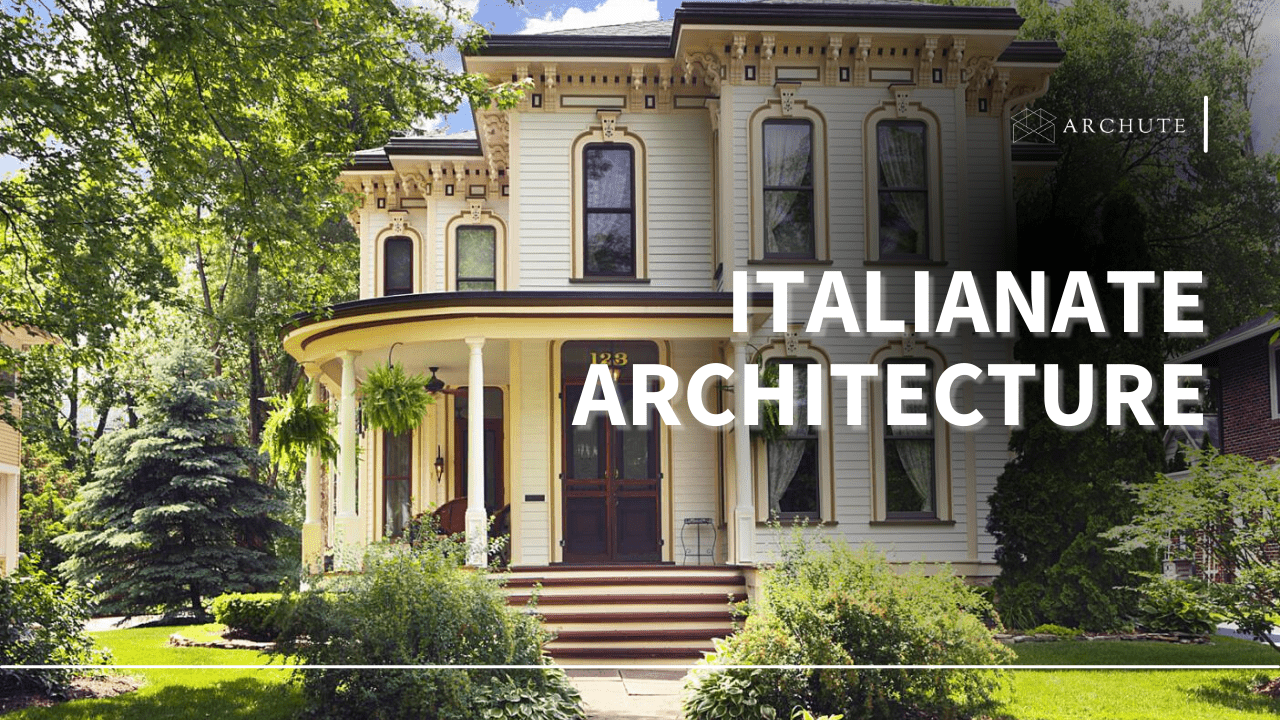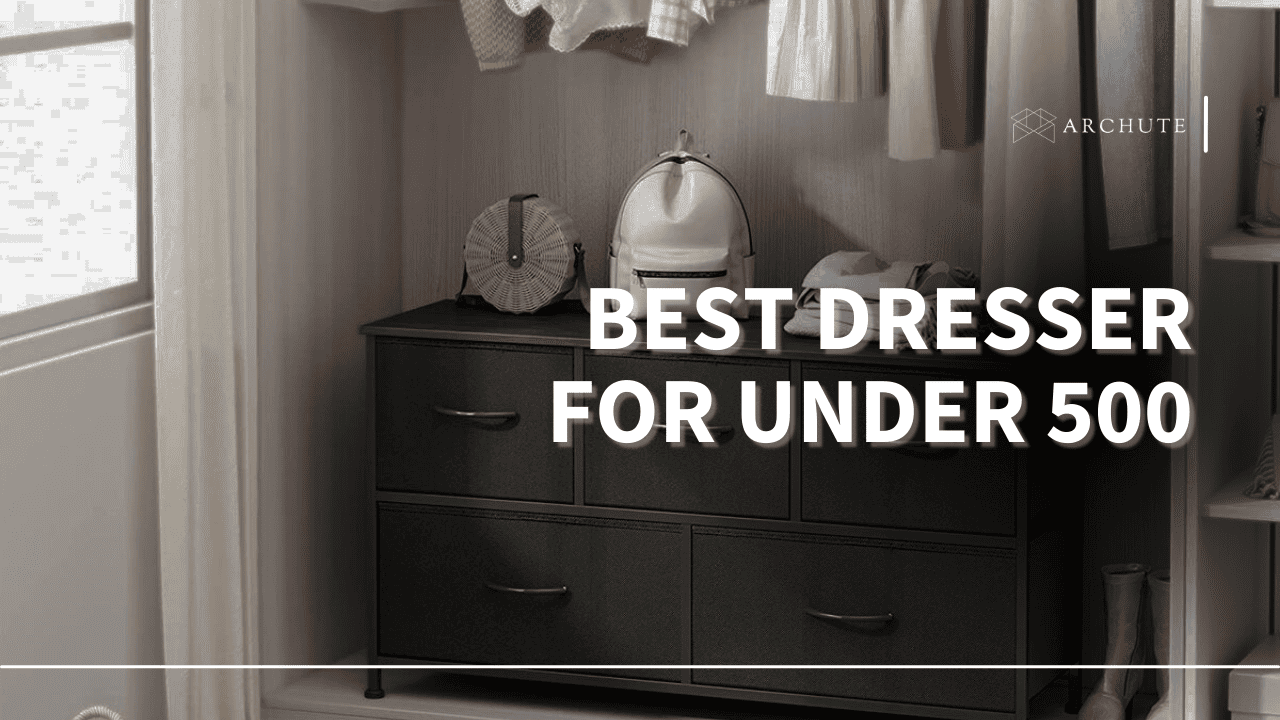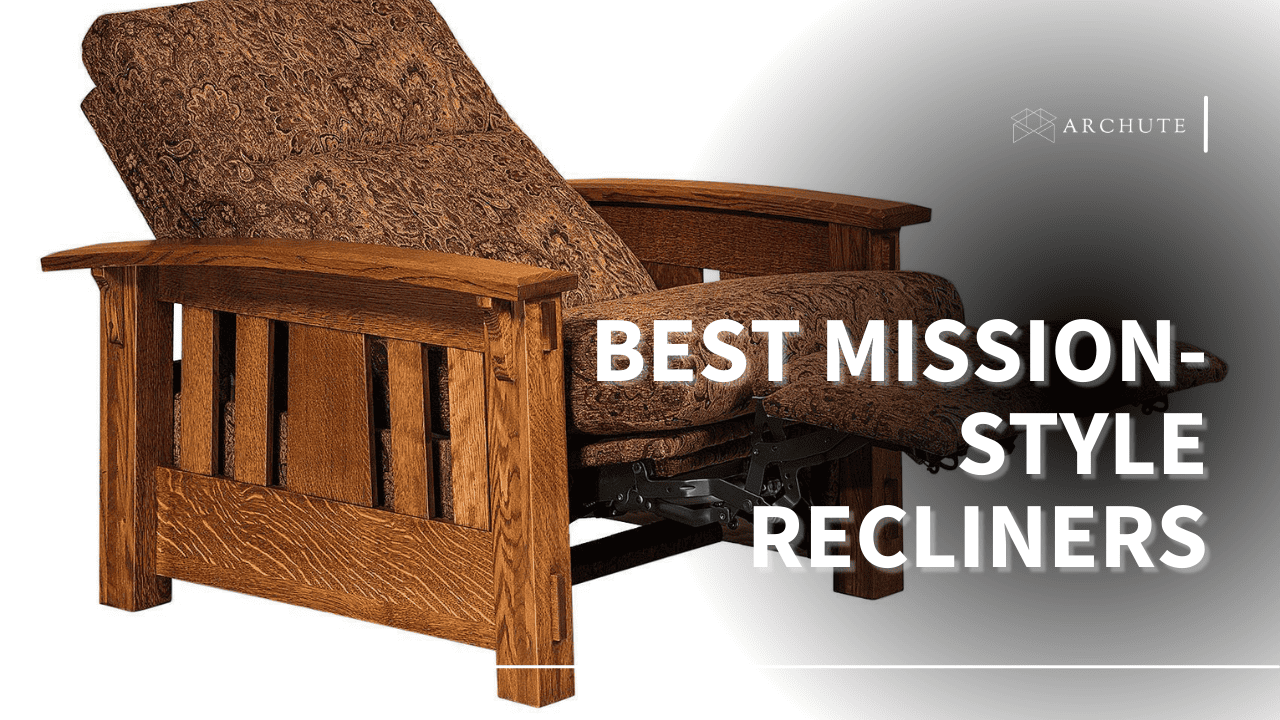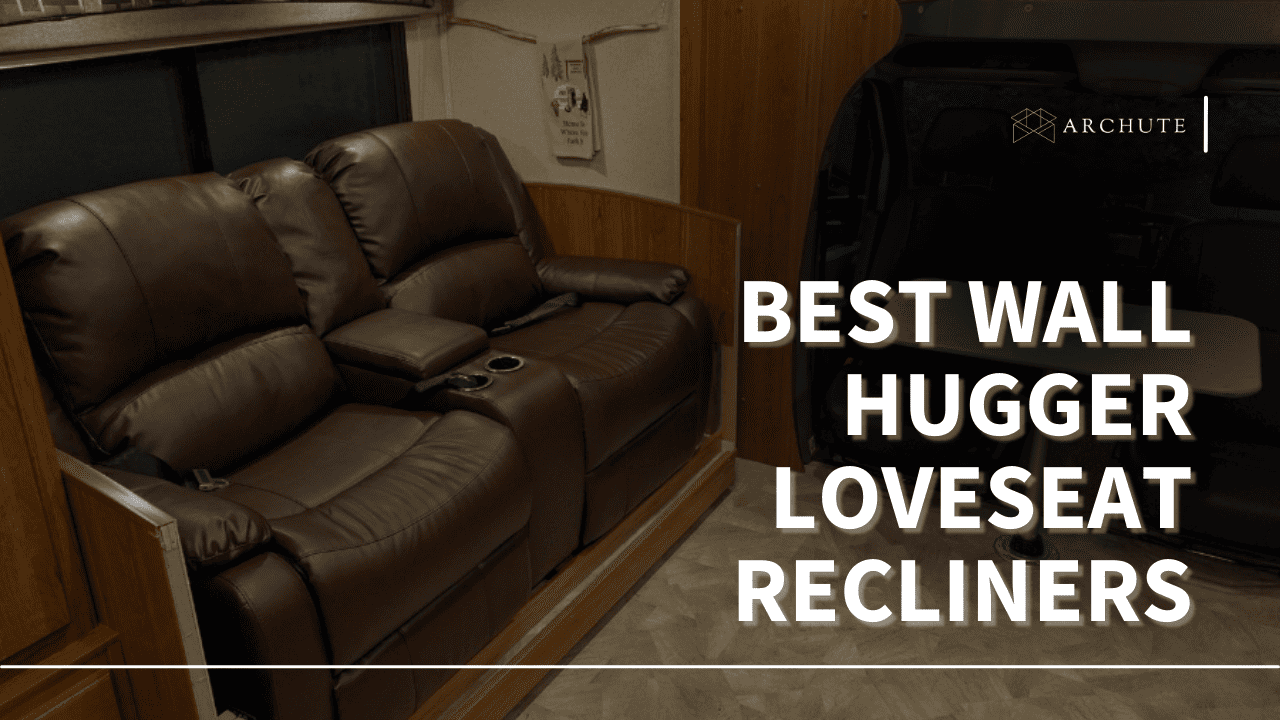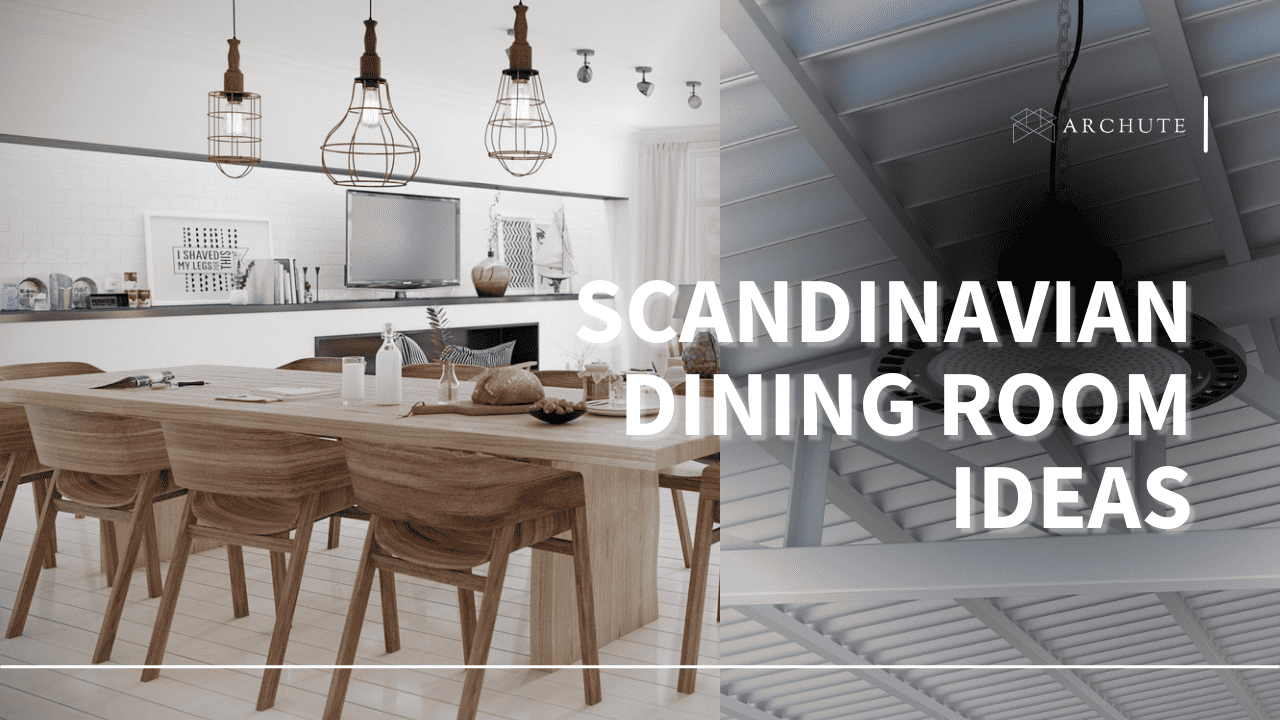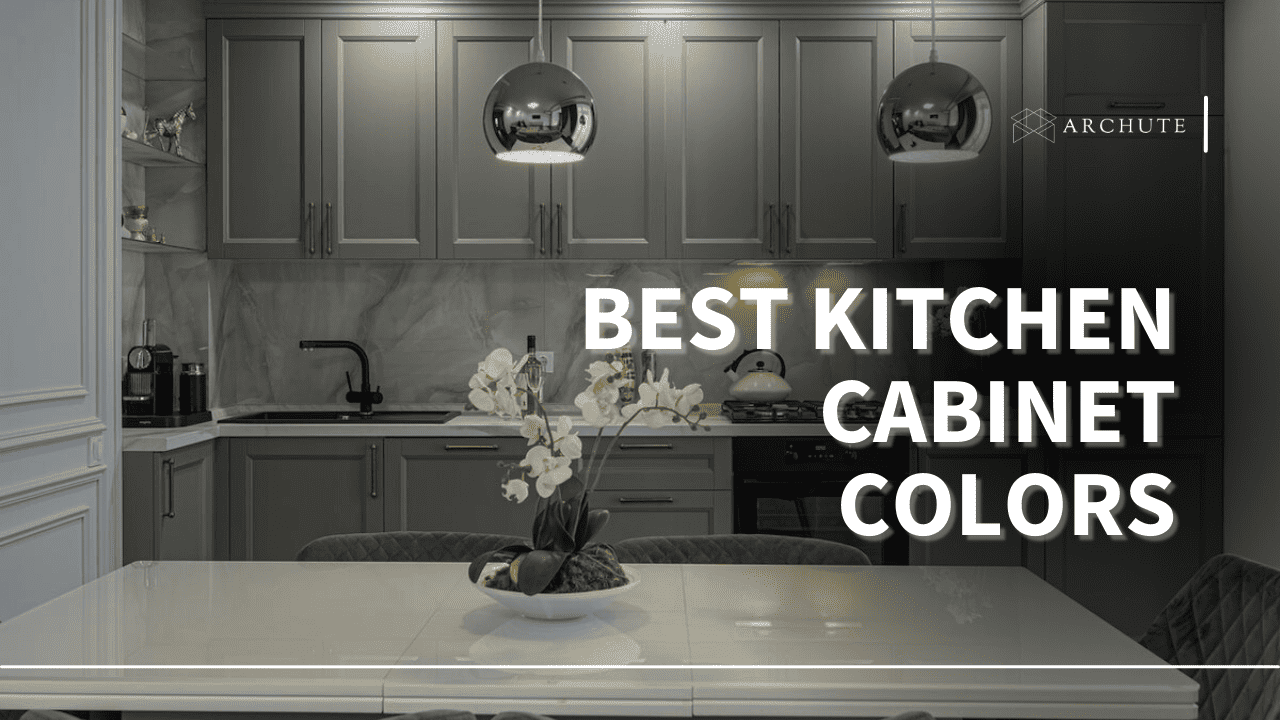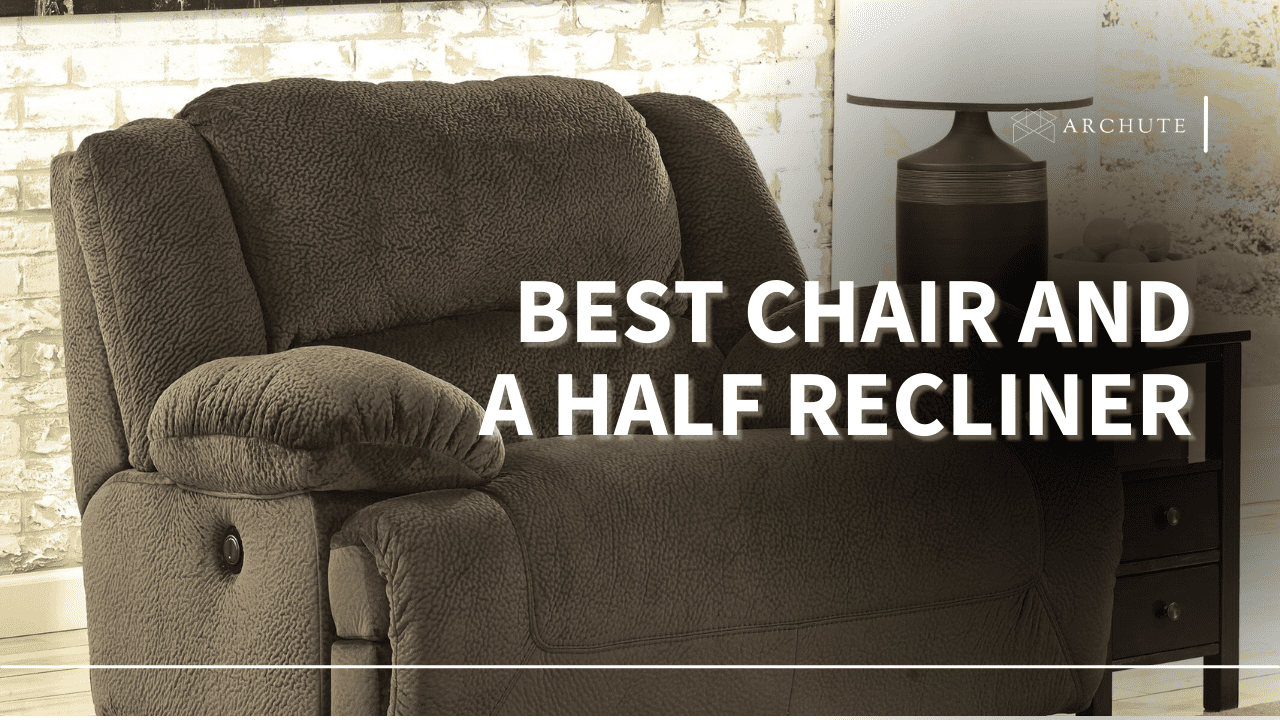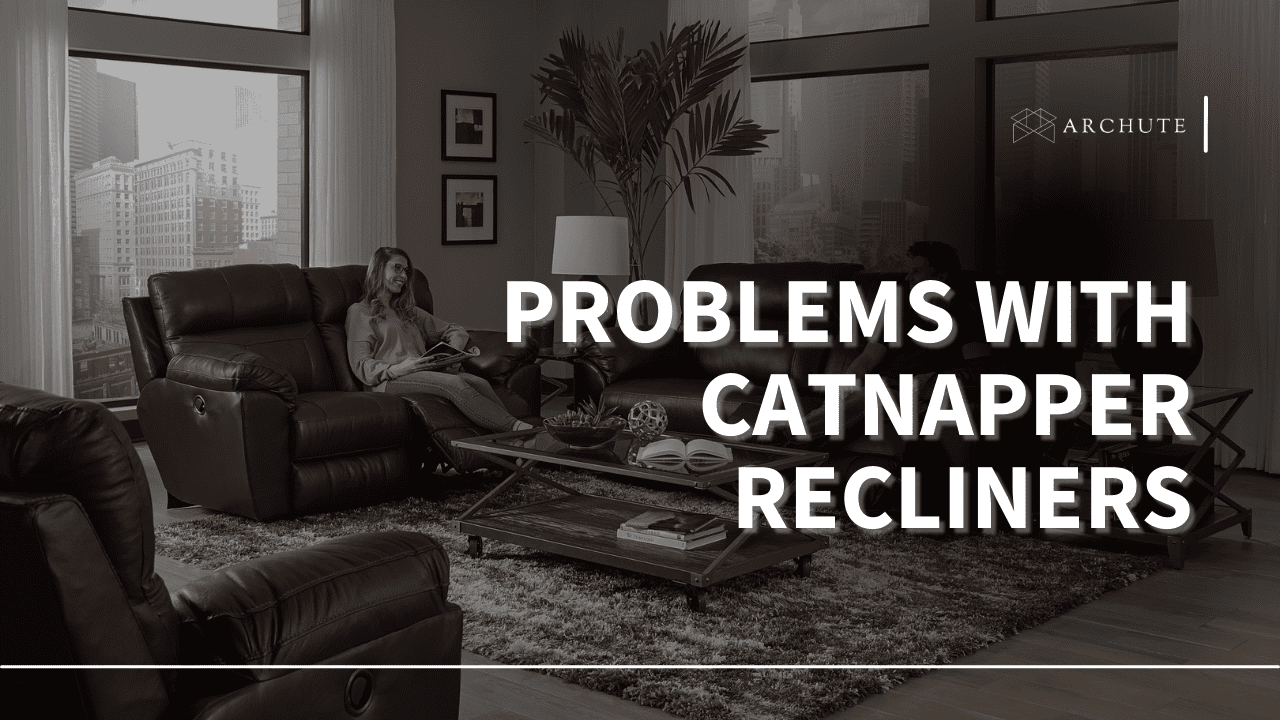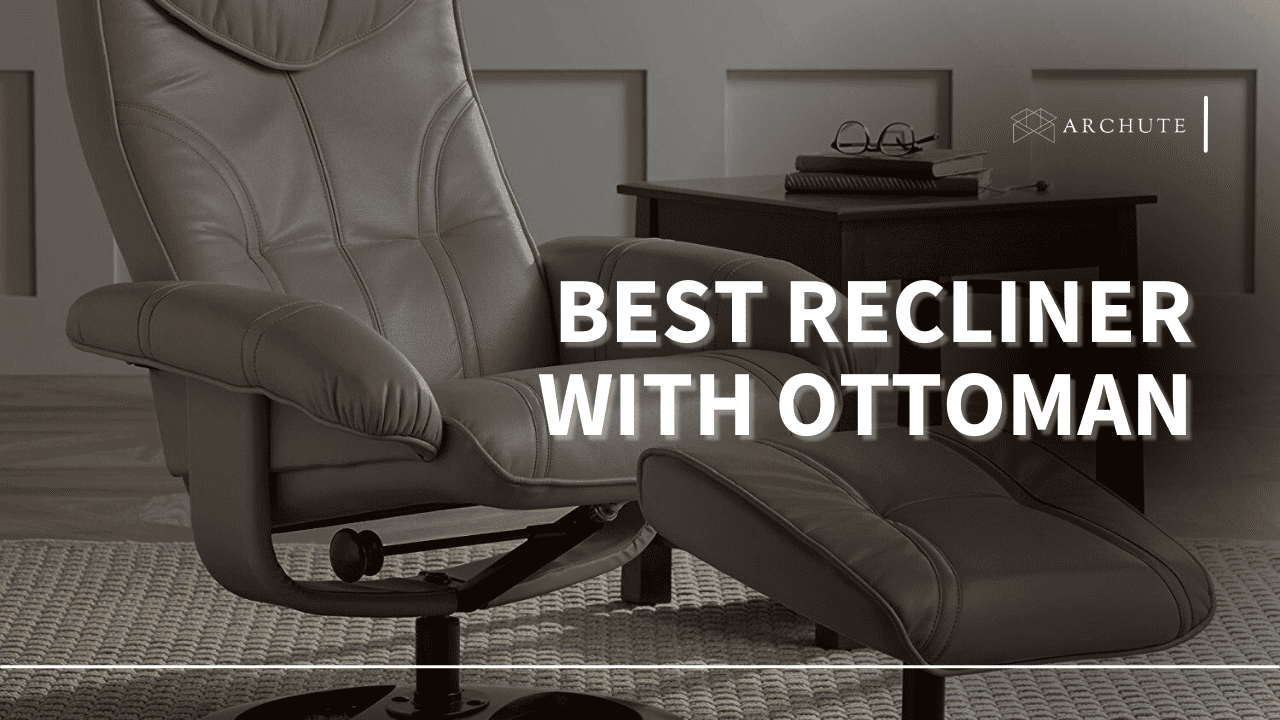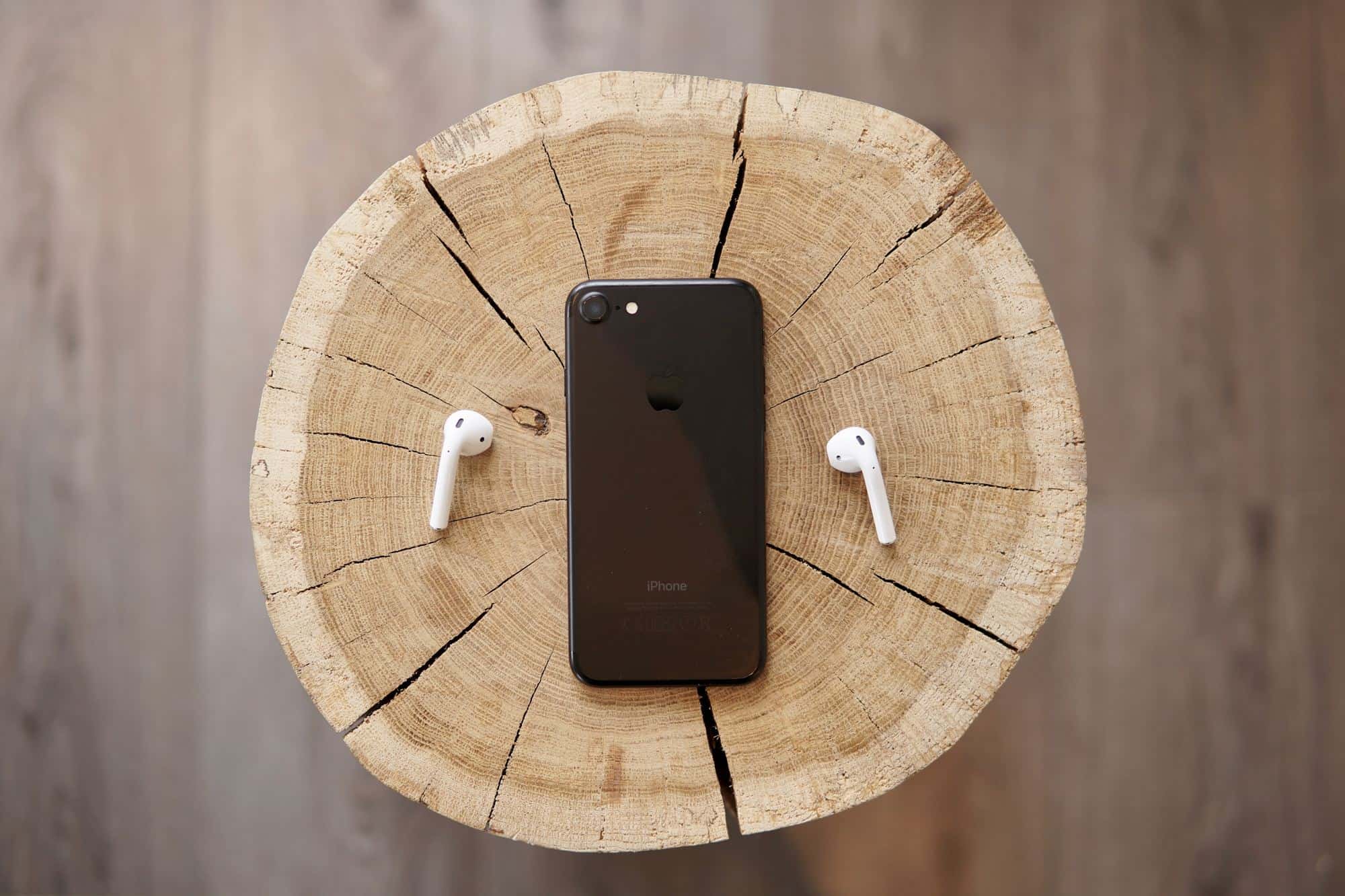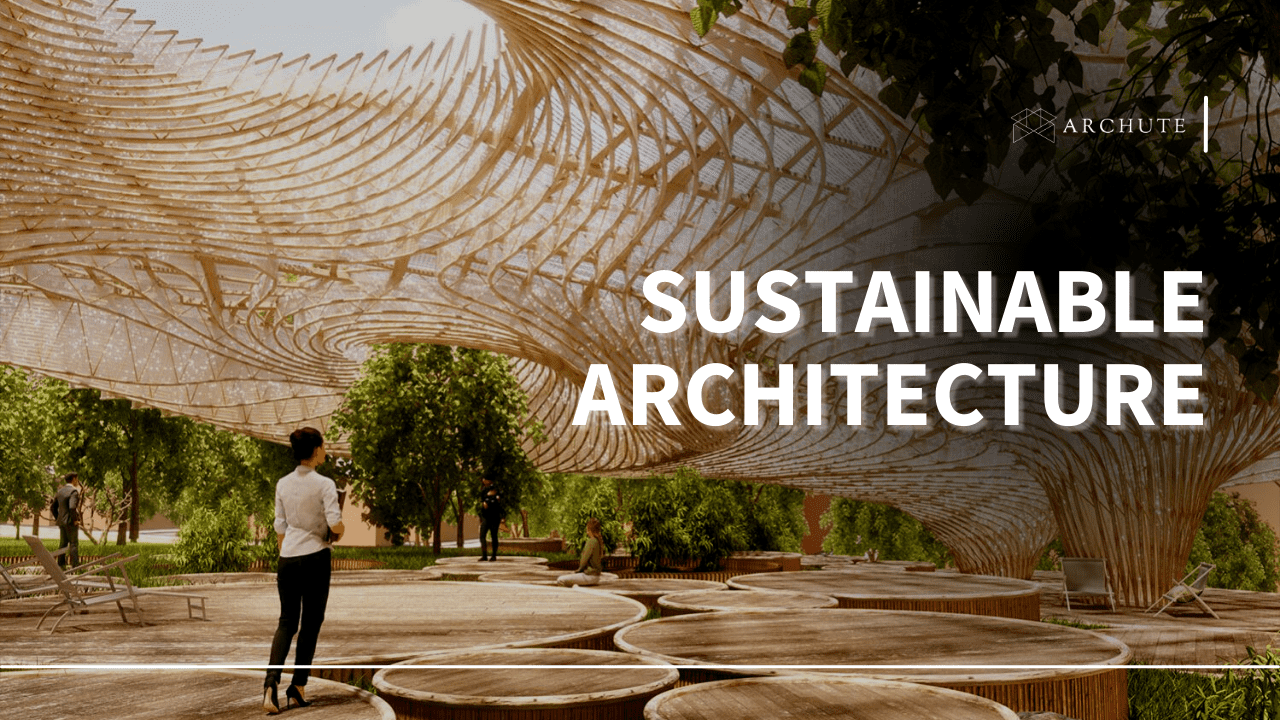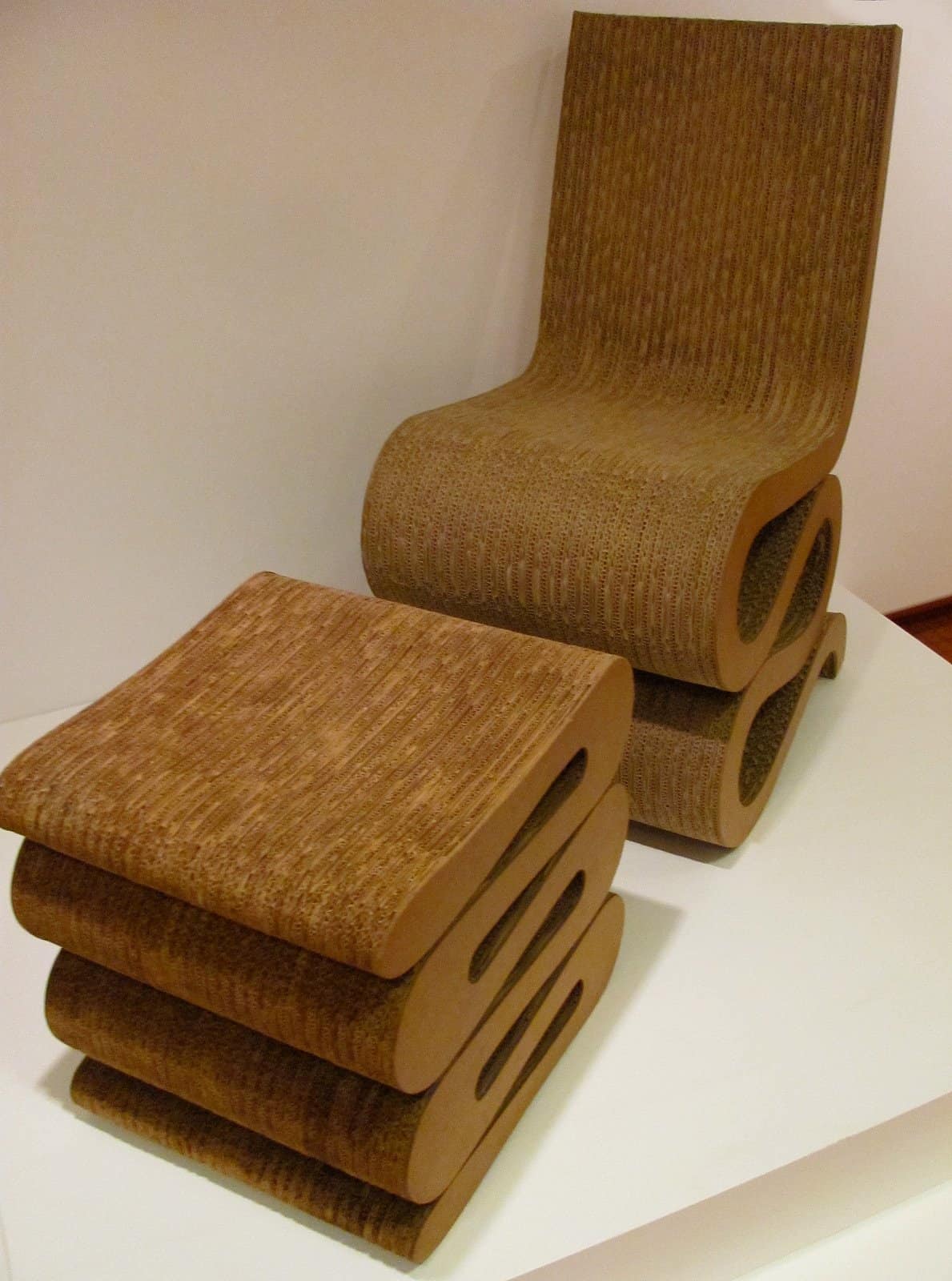The industrial revolution brought success and wealth to many people in America. Newly wealthy people could now afford houses built with Italianate architecture since they were the most common at the time. All the features of the houses suggested a romantic vision of Italian villas of Renaissance Italy.
History of Italianate Architecture
As the name suggests, Italianate style draws inspiration from Italian farmhouses and villas. Compared to Greek revival architecture, Italianate architecture has more whimsy and playfulness. This can be seen in the main characteristic, which emphasizes vertical orientation and has also shaped the modern era.
Italianate architecture was most common during the 1850s and 1880s. The buildings are more colorful and asymmetrical compared to the Gothic revival architectural style. Renaissance architect Andrea Palladio built some of the first Italianate buildings. He combined the designs of Roman buildings and came up with his unique style.
Italianate buildings were also a departure from the era’s dominant designs in terms of style, technology, and architecture. By that time, other English architects also started to infuse Roman designs with their ideas. Therefore, the ensuing designs were Italianate architectural styles that took hold in England right about when the Picturesque movement and Victorian era were catching on.
The style was introduced to America in 1842. Italianate style began when American architects developed an eye for beautiful and fancy villas drawing from Italian architecture and re-designing it for the American scene. This made the style uniquely American and popular.
Characteristics of Italianate Architecture
Every architectural style has definite characteristics that set it aside from other Classical or Victorian architectural styles. This is evident with the evolution of Italianate architecture throughout the years. Below, we have curated a list of defining features of this truly unique architecture.
1) Tall and Narrow Windows
Italianate houses havetall, narrow windows. In true Italian fashion, they are usually arched or “U” shaped. Additionally, they have one or two panes depending on the design a homeowner wanted. The segmentally arched windows became common as the style grew popular, and most houses had them.

Image Source: architecturalstyles.org
On top of that, there were decorative elements in the trim and crown all around the windows. Additionally, with this architectural style, it is important that the decorative elements differed between windows. This is why rectangular Italianate windows always have pedimented crowns. Nevertheless,window framing was compulsory to this style, and it was common for them to have a segmented, crested detail over the top.
2) Hipped Roof Cresting and Wide Projecting Cornices
Hip roof cresting is common in Italianate styles to this day. For clarification, a hip roof is one with all four sides being of equal length. Characteristically, the sides slope downward from the crest or a square cupola on the top. Of course, the “L” shaped structural design ensures that the brackets are arranged in pairs or singly. Note that it was common to use brackets, and theywere used for additional roof support.

Image Source: oldhousejournal.com
It is not uncommon to find that these brackets are displayed on other parts of the house as well. Furthermore, the cornices on Italianate homes usually have projecting eaves with decorative brackets on all sides. Additionally, the brackets are adorned with wide decorative bands and other details.
Italianate style makes use of eaves that extend farther away from the building and are one of the features that stand out the most. The style was meant to be elegant and welcoming, unlike other architectural styles of the medieval era.
3) Quoins in Brick Homes
In Italianate-style homes, quoins were built into the corners of the main building. Quoins are masonry blocks placed on the corners of a building. Additionally, they are usually for decorative purposes, and others provide structural support for a wall made with weaker materials like stone or rubble.

Image Source: birminghamlive.com
Quoins were made with lighter-colored brick or stone. They are large and rectangular and ensure that structures don’t collapse. The style works well, and other Victorian-era styles, like Romanesque and Gothic revival, adopted it at different stages.
4) Porch Column Entryway
Italianate architecture has decorative columns supporting a first-story porch. Throughout the years, many people remodeled their porches and did away with the original style. The porch column leads to a double-door entrance, specifically to let in light and provide ventilation. Italianate doors also featured the same panel moldings as the windows.

Image Source: pinterest.com
The porches featured beveled or chamfered corners, both for safety and aesthetic purposes. They were also elaborately crafted and, to some extent, lavishly decorated using cast iron. Since these houses, and subsequently porches, were made using many different building materials, it wasn’t odd to find decorations made with cast iron.
Italianate porches were large enough to accommodate a small sitting nook area in the summer. Furthermore, while Italianate architecture residences were not the biggest houses in the world, they were magnificent and large.
5) Floor Plans
The floor plans for most Italianate homes were similar and flexible, with many outlets and inlets. Additionally, all the spaces had clear definitions. For instance, you could not confuse public sitting spaces and small quiet nooks for when one wanted to be alone.

Image Source: pinterest.com
The ground floor sits on a raised area, as is evident by the porch position. Most Italianate stand-alone houses had a box with a centered gable, L or U plan, an L plan with a tower, a box with a hip roof, and a front gable.
The floor plans were less rigid than other 19th-century or Victorian styles. However, what any Italianate villa reveals in its floor plan, is that there was still respect for keeping symmetry.
6) Materials
Italianate American houses were mostly constructed with wood clapboard, stucco, and brick. Since they were all stand-alone houses, there was an emphasis on using the strongest and best materials. The same applied to row houses, and brick was the most expensive but durable material of the time.

Image Source: homedit.com
The ornamentation and other decorative details were made using cast iron and wood. It is easy to see in most Italianate homes that kept their design.
Examples of Italianate Architecture Buildings
Of the multiple styles in the Victorian architectural era, Italianate style is the most passionate since architects had more artistic freedom. This is evident in the craftsmanship seen in the examples below.
a) The Lewis House
Architect: Caroline and Cornwall Noxon
Year built: 1871
The Lewis house was a private home owned by Caroline and Cornwall Noxon. After major renovations, the house was converted into a bed and breakfast in New York. It was built on a beautiful 3/4 acre plot with natural landscaping. The house features 12-foot ceilings on the raised first floor, complete with plaster moldings. The space also has two fireplaces for extra warmth in the winter.

Image Source: tripadvisor.com
The formal dining and the living rooms are separated but still accessible through glass sliding doors. This Italianate house also has a high square tower for ventilation and light. The brick house has a tall appearance, a flat roof, and a symmetrical shape. Still, the heavily molded double doors are the best reminder of a great Italian Villa by the Italian countryside.
b) Ashton Villa
Architect: James M. Brown
Year built: 1859
This brick Italianate home is a fully restored historic building. While hurricane Ike almost destroyed the house, major renovations saved it. Fortunately, the mansion maintains its original first-floor interior rooms, gold filigree, and beautiful architecture. Additionally, the house provides abreathtaking background of classical architecture and offers a template for other country houses to pick from.
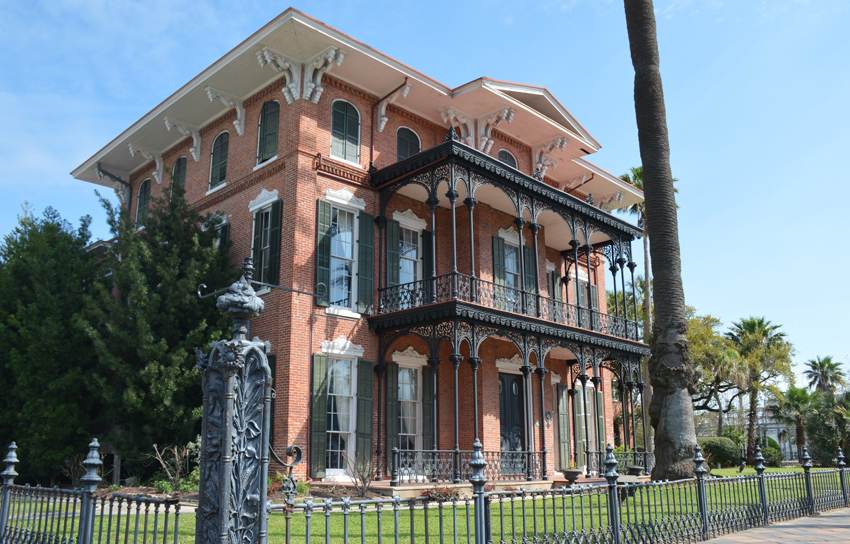
Image Source: galveston.com
The ballroom was a newer addition; however, it plays well with the surrounding architecture. Additionally, the house has a low stage and caterers prep room for events. While this Italianate house is made of brick, the doors and windows have trim around them. Furthermore, the overhanging eaves depict the true Italianate fashion of this beautiful historic home.
c) Clover Lawn/ David Davis Mansion
Architect: Alfred H. Piquenard
Years built: 1870-1872
This house is set on an expansive estate, and well-manicured lawns showcase the grounds. It is a large house with 20 rooms that still maintain their original style, and the quoins are well visible on the structure. The double entry door, sloped roof, and an iron crested tower highlight this Italianate style.

Image Source: abatron.com
The square post porches depict 16th-century architectural styles. This might not be strange since Italianate architecture borrowed from Classical architecture. Still, the tall narrow windows are still a sight to behold all these years later. Furthermore, the yellow brick is one of the decorative details of Italianate style.
d) Andrew Low House Museum
Architect: Andrew Low
Year built: 1848
The stucco and brick exterior of the house tells of the intricately designed Italianate style. Additionally, the main floor contains formal and informal parlors, a large library, and a dining room. Furthermore, the rooms in the house are furnished with historic toys, Duncan Phyfe furniture, and other period pieces and heirlooms.

Image Source: oldtowntrolleytourscom
During the construction of the house, a landscape designer was hired to create the brick-walled garden at the rear of the house. It is one of the only 19th-century Savannah gardens that are open to the public.
e) Cronkhill
Architect: John Nash
Year built: 1802
Cronkhill farmhouse is one of John Nash’s first Italianate villas, consisting of 6 bedrooms still intact with the original architecture and interior design. The house still retains many details of Italianate style, like tall and beamed ceilings. Additionally, it also has a large dining and entertaining area.

Image Source: nationaltrust.com
The featured fireplaces are also a welcome touch for anyone who wishes to stay at the farm. The house is built with brick and cast iron, and wood adornments on the windows and doors. Additionally, the sun trap garden has an amazing assortment of fruit trees.
f) Blandwood Mansion
Architect: Alexander Jackson Davis
Year built: 1846

Image Source: visitgreensboronc.com
Blandwood mansion is a unique piece of art and history since it is a prototype for the Italianate style. This two-story tall farmhouse has stucco walls and a low roofline, making it an excellent museum. Furthermore, the museum has great 19th-century architecture, portraits, and other artwork.
g) William M. Marsh House
Architect: Spencer Stewart Marsh
Year built: 1873

Image Source: wikimediacommons.com
The house contains unique decorative details like low-pitched roofs, a belvedere, and overhanging eaves. The belvedere allows people to sit and look out as they get fresh air. Furthermore, the house has a total of 8 rooms, and each still retains its original Italianate architecture.
h) Edward King House
Architect: Richard Upjohn
Years built: 1845-1847

Image Source: whillyard.com
The Edward King house was one of the earliest representations of Italianate architecture. With a monumental 3-story brick construction, this house is nothing short of grand. Additionally, the arched windows and entryways, cupolas, and deep overhanging eaves grace the building. Furthermore, the flexible interior spaces enhance the overall style of the house.
i) Cliveden
Architect: Charles Barry
Year built: 1851

Image Source: thegoodthebadandtheluxurious.com
With 300 pedimented windows and 20 entryways, this mansion is very impressive. The original interior was meant to resemble an Italian Palazzo. A square entrance hall adorns the entryway and is flanked by a grand staircase and morning rooms. Additionally, the stairway posts are carved with past owners like Buckingham.
j) Litchfield Villa
Architect: Alexander Jackson Davis
Years built: 1854-1857

Image Source: flickr.com
From the exterior to the interior of the house, everything is reminiscent of Italianate style. The house is an octagonal, three-story pavilion, and the facades are made from brick but are painted to look like stone. Additionally, the house is supported by classical-style columns from the ground-story porch.
The property contains a drawing room, dining room, chambers, a kitchen, and storage rooms. The grounds also have a coach house, chicken house, and greenhouse.
The Bottom Line
To get the maximum sense of Italianate architecture, it must be observed in its entirety. During the time this style was popular, it was practical and functional. The best part is that it was affordable for most middle-class families. Most houses that survived were turned into businesses or remain historic figures that teach the history and cultural constructs of their time.
Featured Image Source: digitaltraveler.com

